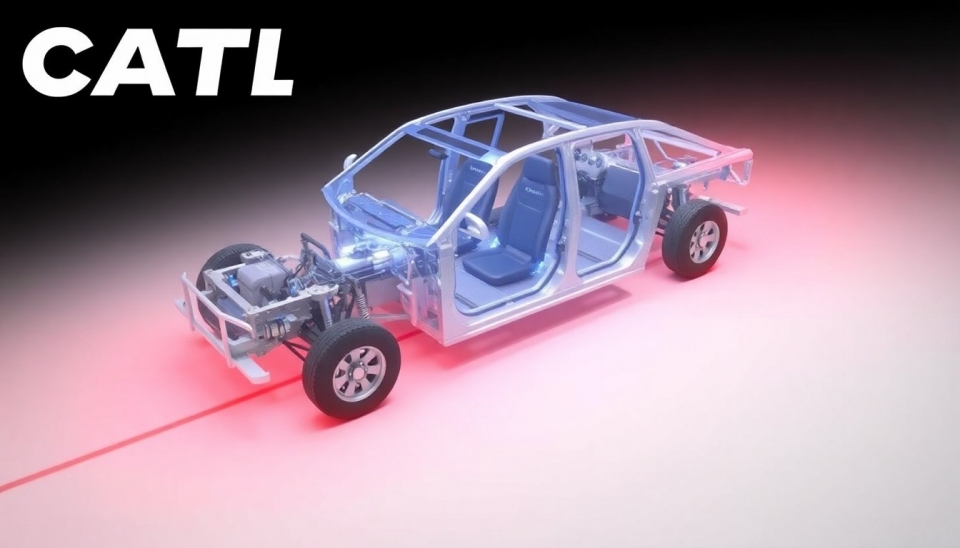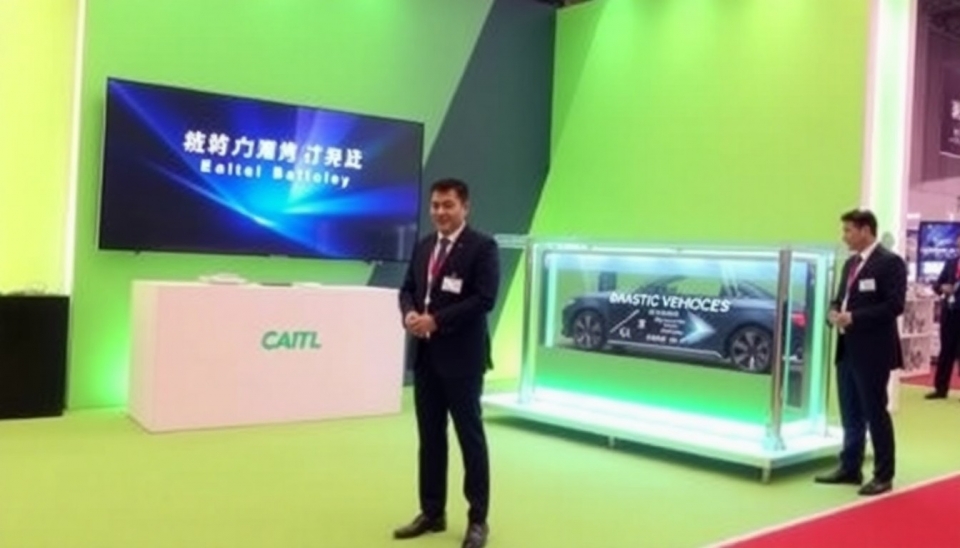
In a significant stride towards enhancing automotive safety standards, Contemporary Amperex Technology Co., Limited (CATL) has unveiled its latest technological advancement: a fire-resistant chassis design engineered to withstand the effects of crashes. This innovation was announced on December 24, 2024, and is set to reshape how manufacturers approach vehicle safety, particularly in electric vehicles (EVs), which have raised concerns regarding fire risks associated with battery malfunctions.
CATL, recognized globally as one of the leading battery manufacturers, showcased the new chassis during a press event where they emphasized its capacity to endure fires that may result from collisions, thus potentially reducing the severe consequences of such incidents. The chassis is designed not only to provide structural integrity but also aims to prevent the spread of flames in the event of a crash, a concern that has increasingly come to the forefront with the growing popularity of electric vehicles.
This innovative chassis incorporates advanced materials and engineering techniques that will allow it to maintain its structural form without compromising safety in high-impact situations. CATL's announcement dovetails with a broader industry trend toward prioritizing safety measures in response to increased scrutiny from regulators, consumers, and manufacturers alike.
The company highlighted that their fire-resistant chassis is part of a holistic approach to vehicle design, aiming to address potential issues before they escalate into catastrophic failures. By proactively working on solutions to mitigate fire risks, CATL positions itself as a frontrunner in the fierce competition among battery and automotive manufacturers focusing on EV advancements.
In terms of practical applications, CATL's innovative chassis is expected to be integrated into future vehicle models. This would not only enhance safety but also aim to bolster consumer confidence in electric vehicles, addressing persistent fears surrounding vehicle fires in the aftermath of crashes. Automakers may look to CATL's design as a critical component in their upcoming models, particularly as they strive for compliance with tightening safety regulations around the globe.
The launch of this fire-resistant chassis also aligns with the global push towards sustainability in transportation, indicating that manufacturers are taking crucial steps to ensure that the shift to electric does not compromise safety. In a landscape where innovative safety mechanisms are increasingly important, CATL’s offering is likely to be a game-changer in setting new benchmarks for safety standards in the automotive industry.
As CATL moves forward with this initiative, the implications for the broader market could be profound. Competitors may be compelled to follow suit, investing in similar technologies to improve safety and maintain relevance in an ever-evolving automotive landscape. Furthermore, as consumers become more aware of these advancements, it may markedly influence purchasing decisions, steering them toward brands that offer enhanced safety features alongside their electric vehicle options.
In conclusion, CATL's introduction of a fire-resistant chassis represents a pivotal moment in automotive innovation, blending cutting-edge technology with essential safety solutions. Looking to the future, as the automotive industry continues to pivot towards electric vehicles, such advancements in safety features are not just welcome, but necessary to navigate the complexities of modern transportation.
#CATL #ElectricVehicles #VehicleSafety #InnovativeTechnology #AutomotiveIndustry #FireResistantChassis #EVs #SustainableTransportation
Author: Emily Collins




